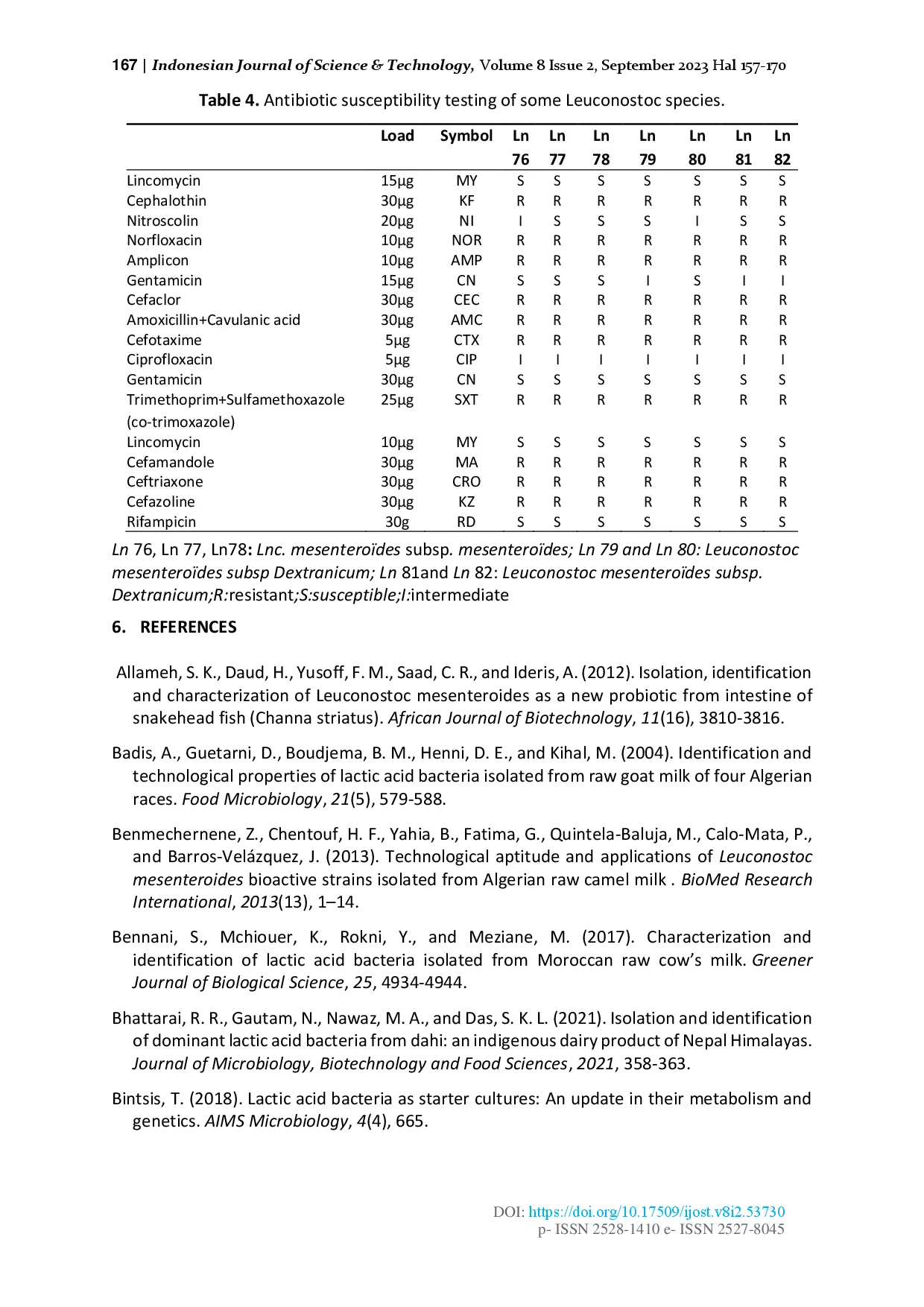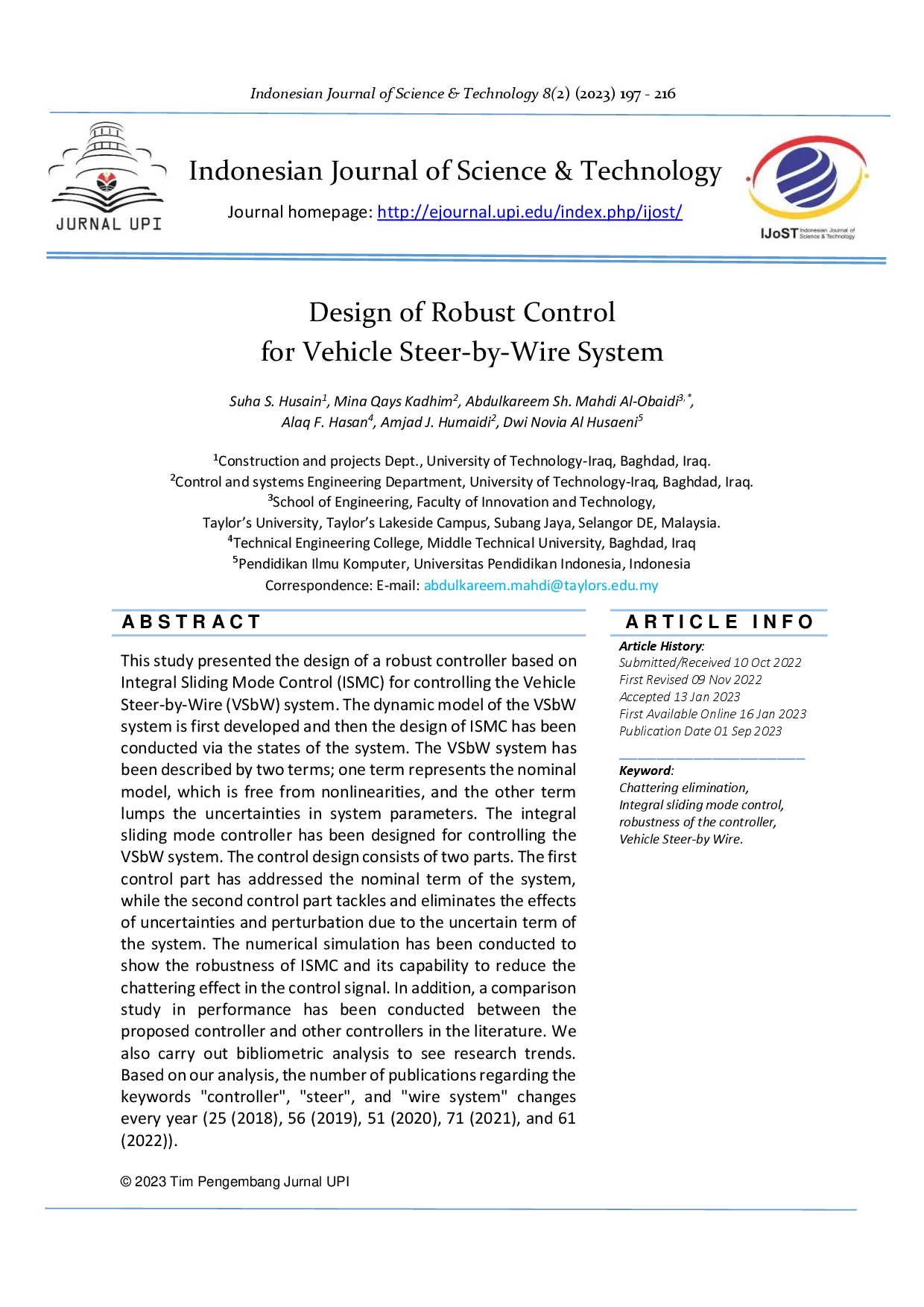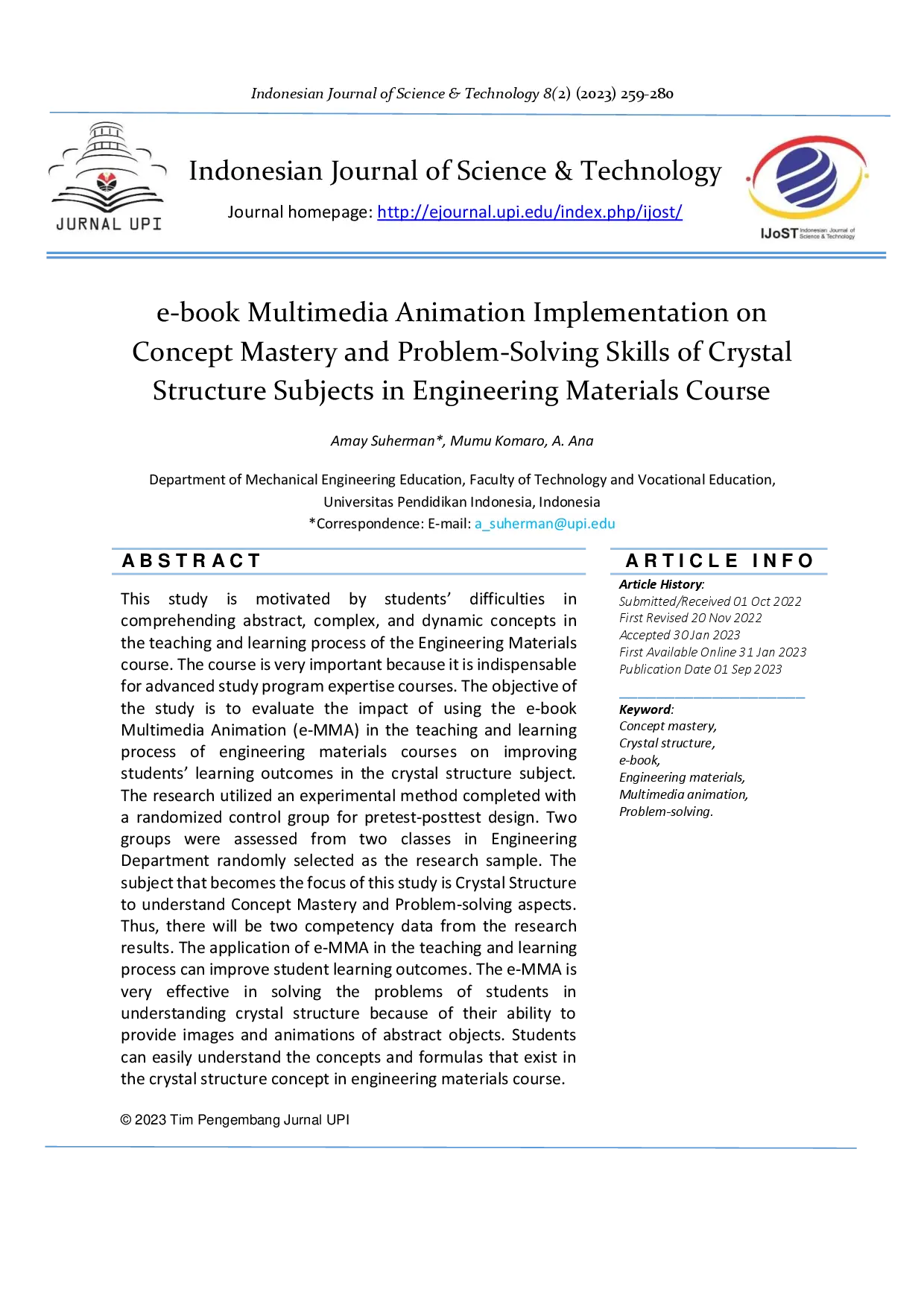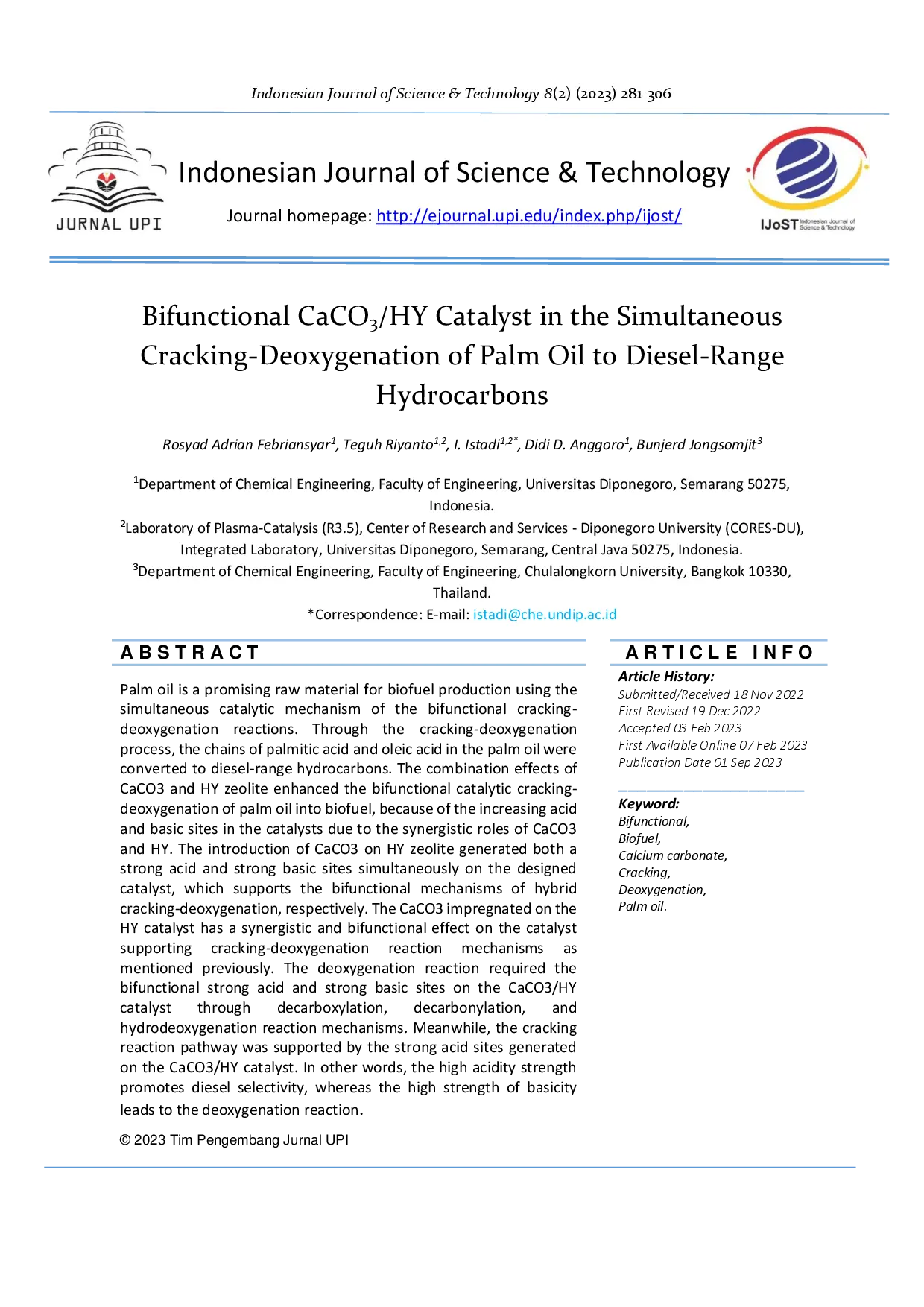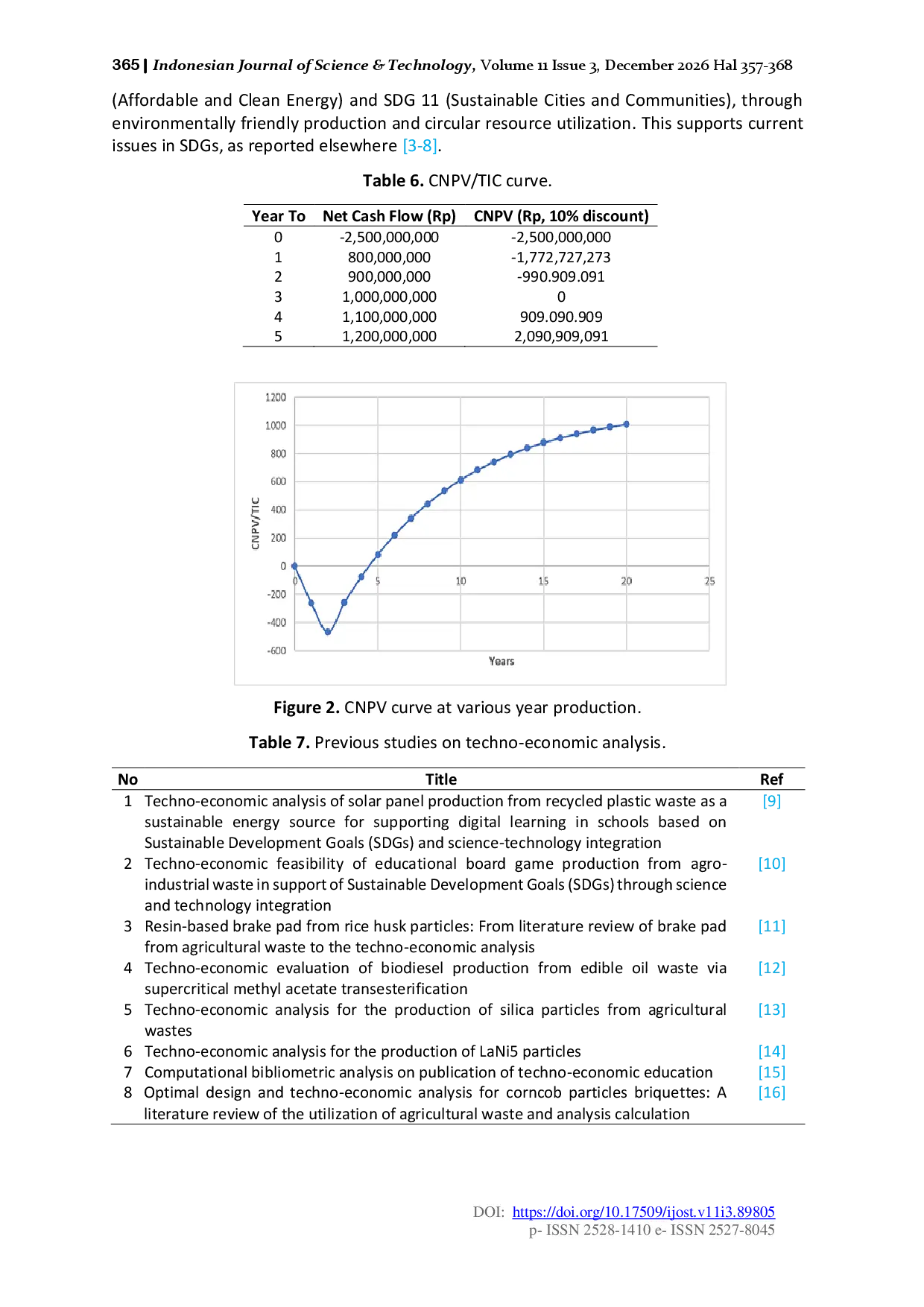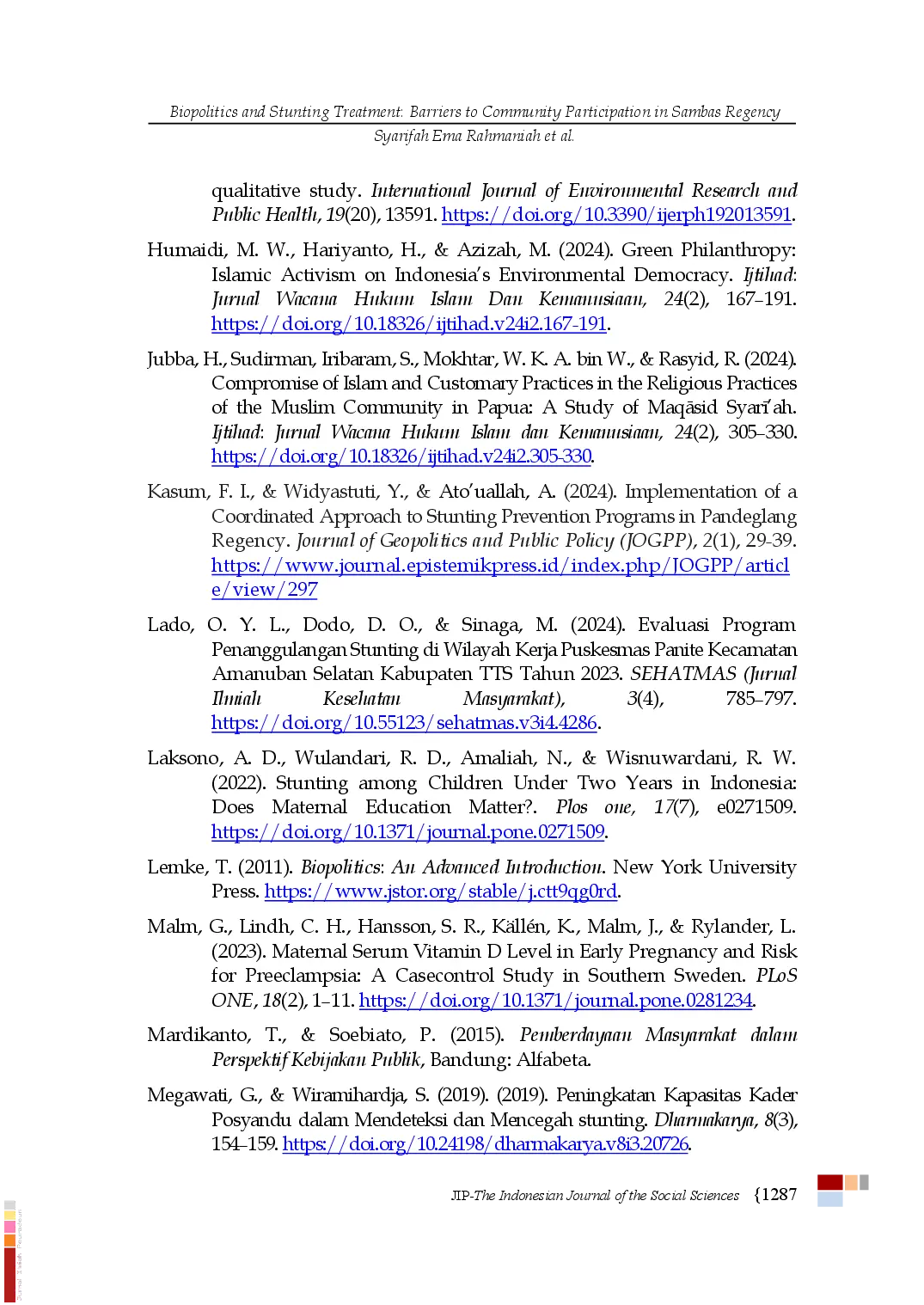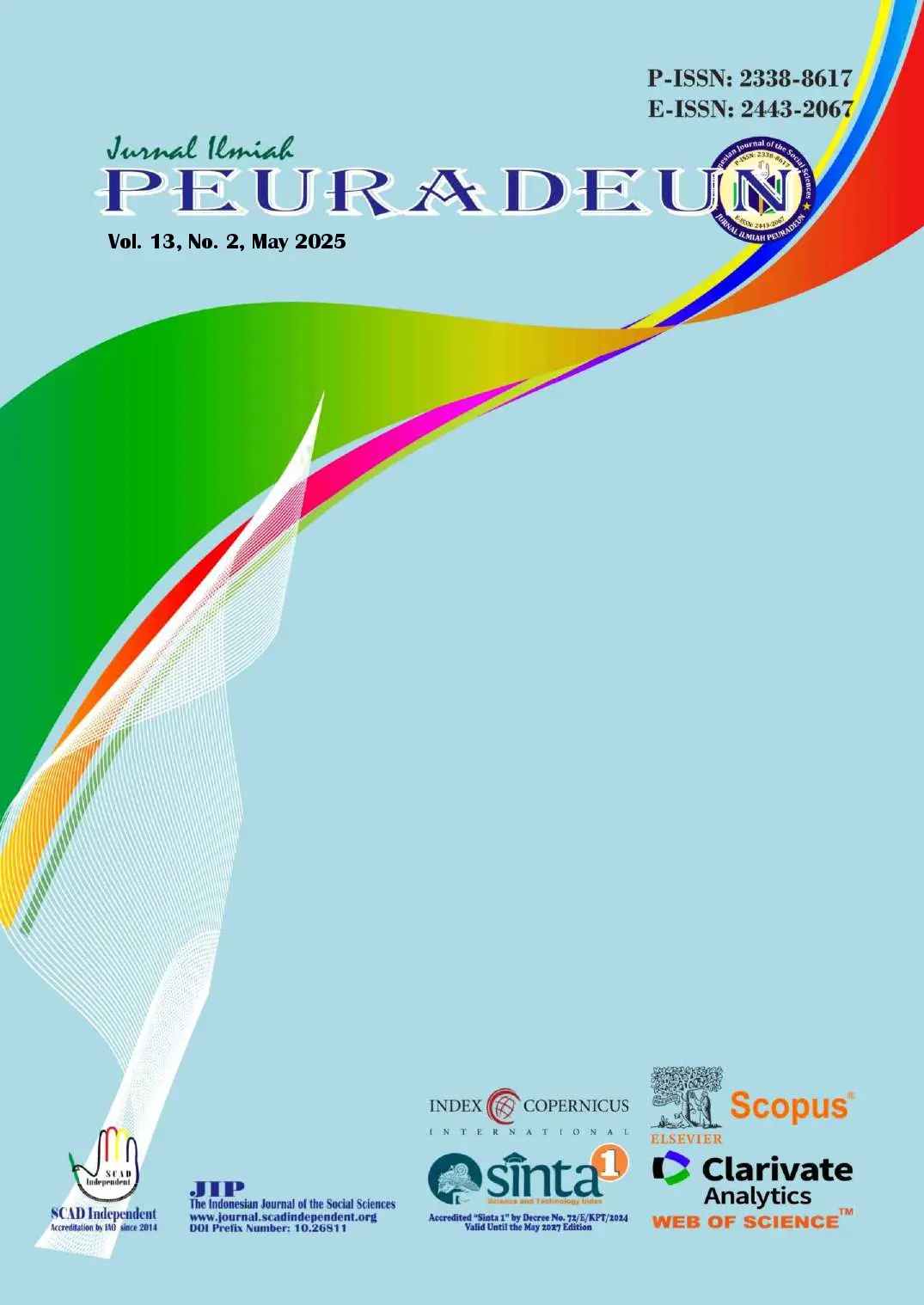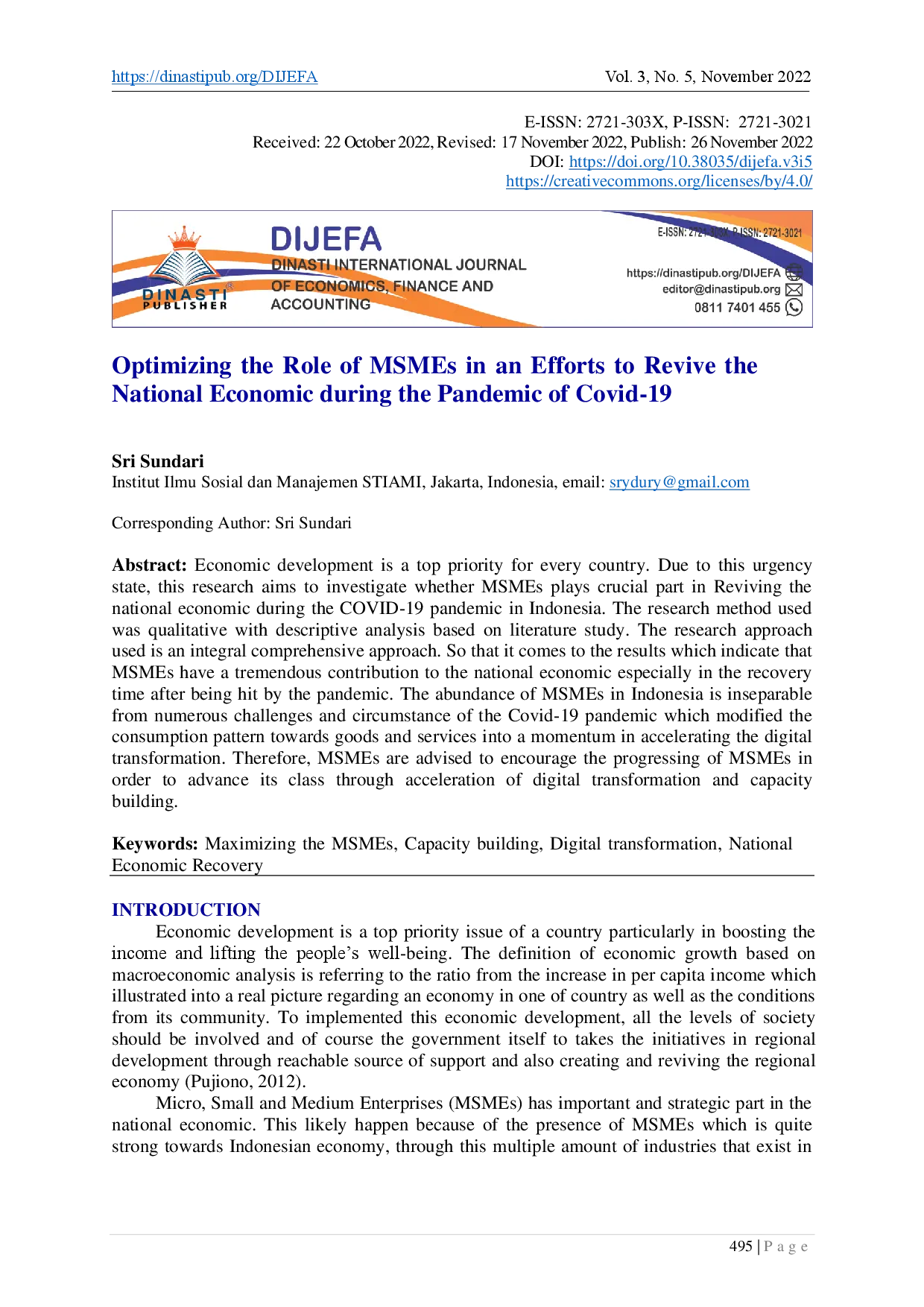UPIUPI
Indonesian Journal of Science and TechnologyIndonesian Journal of Science and TechnologyUV-visible (UV-Vis) spectroscopy is a powerful instrument for investigation and quantitative detection of qualitative pollutants in water. UV-Vis spectrophotometry is an analytical method using the concept of transmission of light in UV and Visible wavenumber. Generally, compounds can be identified using UV-Vis Spectrophotometry, based on the concept of light absorption, specifically for compounds with a chromophore group and an auxochrome group. Although the utilization of UV-Vis spectrum analysis has been well-documented, no information regarding detailed step-by-step measurement for examining detailed quantitative analysis, particularly in determining the concentration of an analyte in an aqueous solution sample. Here, this study explores the idea and application of UV-Vis technology in water quality detection, the concentration of the sample in an aqueous solution. To support the analysis, we also added practical examples for understanding organic decomposition. This paper is intended to be useful for researchers and students in understanding UV-Vis spectrophotometry when analyzing chemical composition during chemical decomposition, photocatalysis, phytoremediation, and adsorption analysis.
The study provides a detailed guide for quantitative analysis using UV-Vis spectrophotometry, particularly for determining sample concentrations in aqueous solutions during processes like chemical decomposition, photocatalysis, phytoremediation, and adsorption.It demonstrates the importance of standard solutions, calibration curves, and accurate absorbance measurements for determining pollutant concentrations.The research underscores the utility of UV-Vis spectroscopy as a valuable tool for understanding and assessing water quality and chemical processes.
Penelitian lebih lanjut perlu dilakukan untuk mengembangkan spektrofotometer UV-Vis portabel dengan biaya rendah yang dapat digunakan langsung di lapangan untuk pemantauan kualitas air secara real-time, terutama di daerah terpencil atau berkembang. Pengembangan metode analisis baru yang menggabungkan spektrofotometri UV-Vis dengan teknik sensorik lainnya, seperti sensor elektrokimia atau biosensor, dapat meningkatkan sensitivitas dan selektivitas deteksi berbagai polutan dalam sampel air yang kompleks. Studi komparatif yang lebih mendalam perlu dilakukan untuk membandingkan efektivitas dan efisiensi berbagai metode preparasi sampel dan teknik kalibrasi dalam analisis spektrofotometri UV-Vis, dengan mempertimbangkan matriks sampel yang berbeda dan rentang konsentrasi analit yang bervariasi. Penelitian selanjutnya dapat difokuskan pada pengembangan model prediktif yang kuat menggunakan teknik kemometrik untuk memperkirakan kualitas air dan konsentrasi polutan berdasarkan data spektrum UV-Vis, sehingga dapat memberikan informasi yang cepat dan akurat mengenai kondisi lingkungan perairan.
| File size | 840.83 KB |
| Pages | 18 |
| Short Link | https://juris.id/p-bK |
| DMCA | Report |
Related /
UPIUPI Sebanyak 138 strain bakteri asam laktat diisolasi dari susu sapi mentah di wilayah Maroko timur. 38 strain diidentifikasi sebagai Leuconostoc, dengan subspesiesSebanyak 138 strain bakteri asam laktat diisolasi dari susu sapi mentah di wilayah Maroko timur. 38 strain diidentifikasi sebagai Leuconostoc, dengan subspesies
UPIUPI Hasil menunjukkan bahwa metode HHO yang diusulkan lebih unggul daripada Algoritma Genetika (GA) dan Particle Swarm Optimization (PSO) dalam memaksimalkanHasil menunjukkan bahwa metode HHO yang diusulkan lebih unggul daripada Algoritma Genetika (GA) dan Particle Swarm Optimization (PSO) dalam memaksimalkan
UPIUPI Simulasi numerik dilakukan untuk menunjukkan robustness ISMC dan kemampuannya mengurangi efek chattering dalam sinyal kontrol. Selain itu, studi perbandinganSimulasi numerik dilakukan untuk menunjukkan robustness ISMC dan kemampuannya mengurangi efek chattering dalam sinyal kontrol. Selain itu, studi perbandingan
UPIUPI The research utilized an experimental method completed with a randomized control group for pretest-posttest design. Two groups were assessed from two classesThe research utilized an experimental method completed with a randomized control group for pretest-posttest design. Two groups were assessed from two classes
UPIUPI CaCO3 yang diimpregnasi pada katalis HY memberikan efek sinergis pada mekanisme reaksi, di mana reaksi deoksigenasi memerlukan situs asam kuat dan situsCaCO3 yang diimpregnasi pada katalis HY memberikan efek sinergis pada mekanisme reaksi, di mana reaksi deoksigenasi memerlukan situs asam kuat dan situs
UPIUPI The findings support the current investigation of using Deep Learning models and picking up the most used data entry process such as segmentation thatThe findings support the current investigation of using Deep Learning models and picking up the most used data entry process such as segmentation that
UPIUPI Penelitian ini mengkaji kelayakan techno‑ekonomi dari sebuah inisiatif yang mendukung daur ulang limbah plastik untuk kemasan berkelanjutan dan kampanyePenelitian ini mengkaji kelayakan techno‑ekonomi dari sebuah inisiatif yang mendukung daur ulang limbah plastik untuk kemasan berkelanjutan dan kampanye
UPIUPI 5CuO-0. 5ZnO), dan rGO-(0. 25CuO-0. 75ZnO) berturut-turut adalah 9,32; 58,53; 54,14; 25,21; dan 69,27 F/g. Pembentukan struktur oksida logam ganda serta5CuO-0. 5ZnO), dan rGO-(0. 25CuO-0. 75ZnO) berturut-turut adalah 9,32; 58,53; 54,14; 25,21; dan 69,27 F/g. Pembentukan struktur oksida logam ganda serta
Useful /
SCADINDEPENDENTSCADINDEPENDENT Dengan menggunakan studi kasus kualitatif di Desa Lela, data dikumpulkan melalui wawancara, observasi, dan analisis dokumen. Hasil menunjukkan bahwa rendahnyaDengan menggunakan studi kasus kualitatif di Desa Lela, data dikumpulkan melalui wawancara, observasi, dan analisis dokumen. Hasil menunjukkan bahwa rendahnya
SCADINDEPENDENTSCADINDEPENDENT Studi ini menunjukkan bahwa pengucilan pengetahuan ekologi lokal komunitas Bajo dalam pengelolaan sumber daya laut bukanlah kesalahan kecil, tetapi merupakanStudi ini menunjukkan bahwa pengucilan pengetahuan ekologi lokal komunitas Bajo dalam pengelolaan sumber daya laut bukanlah kesalahan kecil, tetapi merupakan
DINASTIPUBDINASTIPUB Artikel ini membahas sejauh mana keempat KPI AR tersebut dapat mendukung penerimaan pajak secara optimal. Hasil tinjauan pustaka menggambarkan seberapaArtikel ini membahas sejauh mana keempat KPI AR tersebut dapat mendukung penerimaan pajak secara optimal. Hasil tinjauan pustaka menggambarkan seberapa
DINASTIPUBDINASTIPUB Pendekatan penelitian yang digunakan adalah pendekatan komprehensif integral. Hasil penelitian menunjukkan bahwa UMKM memiliki kontribusi yang sangat besarPendekatan penelitian yang digunakan adalah pendekatan komprehensif integral. Hasil penelitian menunjukkan bahwa UMKM memiliki kontribusi yang sangat besar
